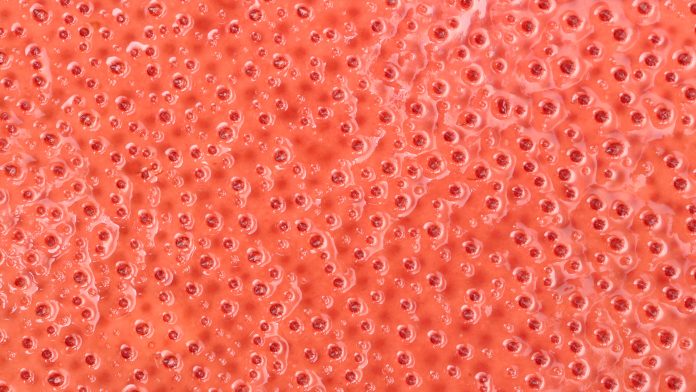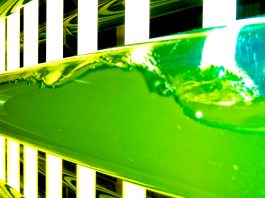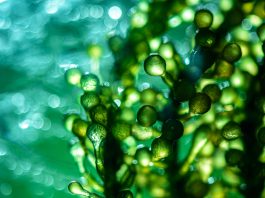Scientists from the University of Exeter, UK, have discovered that the red algae that grows in Cornwall’s Fal Estuary, named Phymatolithon calcareum, is genetically unique.
The study, which was funded by a British Ecological Society Research Grant, revealed that genetic differences in the red algae are “structured geographically”, with slight variations between populations sampled from across this large geographic area.
Maerl-forming species, such as Phymatolithon calcareum, are extremely slow-growing algae and some maerl beds are estimated to be thousands of years old. Large maerl beds fulfil a similar role to tropical coral reefs, providing habitats and vital shelter for hundreds or even thousands of fish and invertebrates. These algae also play an important role in storing carbon. However, maerl in the Fal Estuary were found to be “genetically distinct from all other sites” – including at the Manacles reef, just 13km away across Falmouth Bay.
Dr Tom Jenkins, of the University of Exeter, said: “It appears that the unique diversity in the Fal Estuary has likely been shaped over time by geographical isolation of this maerl bed and a lack of genetic exchange with other P. calcareum populations.
“The wider genetic differences we found across north-east Atlantic are probably explained by the low dispersal capacity of this species, which limits connectivity between particular populations separated by large distances.”
Speaking about the Fal Estuary, Dr Jamie Stevens added: “This is a busy waterway and is heavily used by commercial and naval shipping accessing Falmouth port. Consequently, the genetically unique Fal maerl bed is very much at risk from marine pollution and the threat of sedimentation from dredging which is undertaken periodically to maintain navigable access to the port.
“There are several large maerl beds around the coast of south and south-west England, and the genetic differences we identified show that these need to be managed on a site-by-site basis, as separate and distinct populations.”









